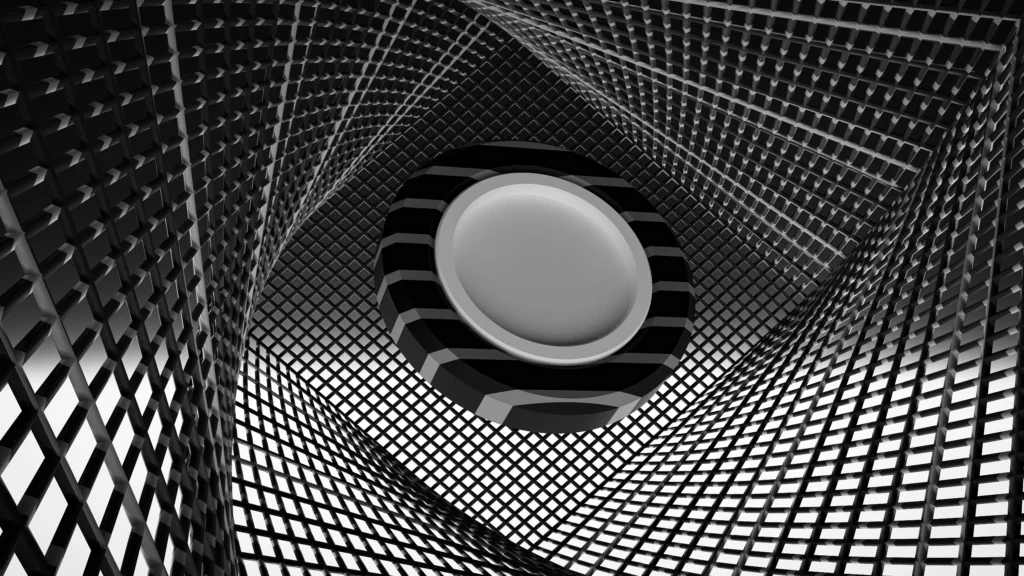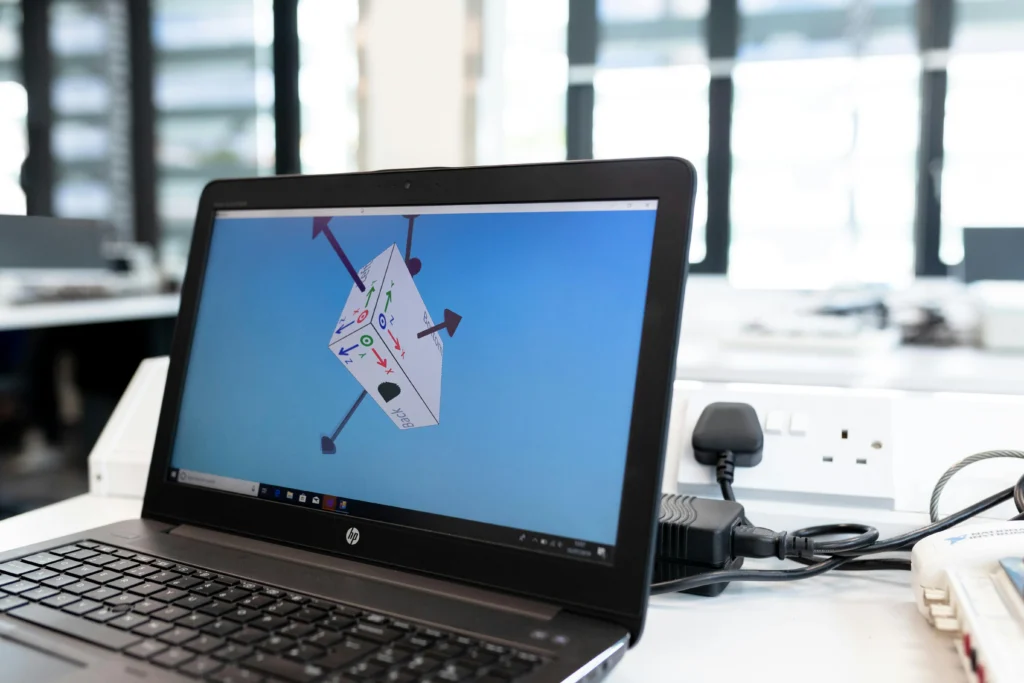
3D Structural Design: Bringing Ideas to Life
Content
Introduction to 3D Design
3D design has become an indispensable tool in the modern era, as it allows the creation of realistic visualizations and objects. From architecture to movies and video games, 3D design takes ideas from imagination to reality with impressive accuracy. This technology not only facilitates the representation of ideas, but also promotes creativity and innovation in various fields.
In architecture, 3D modeling allows architects to design and display their projects in a way that is understandable and accessible to clients. Through these models, clients can navigate virtual spaces and understand the layout and aesthetics of buildings before construction even begins. Similarly, movies and video games benefit from 3D design to create impressive visual effects and characters, offering audiences an enhanced entertainment experience.
3D design also finds application in the field of medicine, where it is used to represent human organs and systems. 3D images help doctors better understand anatomical structures and assist in the design of medical interventions and therapeutic procedures. The range of possibilities offered by 3D design is endless, as techniques are constantly evolving, thus improving the quality and accuracy of presentations.
The Basic Tools of 3D Design

3D design requires the use of appropriate tools that contribute to the efficient creation and editing of 3D models. The most popular 3D design software include Blender, Autodesk Maya, and SketchUp. Each of them has its own advantages and is suitable for different applications, depending on the needs of each project.
Blender is one of the most popular and versatile 3D design software available for free. It has powerful modeling capabilities, support for materials and lighting, as well as advanced animation tools. Ideal for amateurs and professionals, Blender provides a complete environment for creating 3D graphics and films.
On the other hand, Autodesk Maya is considered a leading tool in the animation and special effects industry. Although it is more expensive, it offers excellent quality and technical capabilities, such as character composition and scene editing. It is popular with artists working in the film and television industry.
Finally, SketchUp is ideal for architectural design and engineering. With its user-friendly interface, it allows for the quick creation and editing of 3D models. However, it is limited to simpler applications compared to other tools. The choice of the appropriate software ultimately depends on the type of project, the requirements and the user’s experience, thus determining the best direction for the 3D design process.
3D Design Creation Process

The process of creating 3D designs is complex and requires proper planning, organization, and attention to detail. Initially, the process begins with idea research, where the designer seeks inspiration from various sources, such as nature, art, or architecture. This phase is crucial, as the ideas that emerge can determine the direction of the final design. Designers often create sketches or miniatures to capture their concepts.
After the research phase is complete, the next step is parameterization. In this stage, designers determine the basic parameters of the 3D design, such as dimensions, materials, and interaction capabilities. It is important to take into account both functional requirements and aesthetic desires to ensure that the final product is in harmony with the original idea.
The next phase is modeling. Designers use 3D software to create the digital model, which includes the construction of the individual elements and their assembly. During modeling, 3D geometric forms and techniques are utilized to achieve a realistic result. Then, textures are selected, which add color and materiality to the design, further highlighting the details of each element.
The process is completed by reproducing the design in a 3D environment, where the designer can see and interact with the final product. This phase is crucial for evaluating the design and making any necessary adjustments before the product moves into advanced production. In this way, each 3D design can come to life, turning ideas into reality.
Utilization of 3D Design in Education

3D design has emerged as a valuable tool in the educational process, offering students the ability to interact with content that was previously static or difficult to understand. The use of three-dimensional technologies in education enriches the learning experience, especially in the fields of science, technology, engineering and mathematics (STEM). 3D visualization allows students to visualize complex concepts, such as the structure of molecules or geometric constructions, making learning more accessible and interesting.
For example, teachers can use 3D design software to create interactive models that depict biological processes, such as photosynthesis or cell division. Students can explore these models, carrying out digital experimental procedures that enhance understanding of the material. 3D printing can also be used to create physical models that students can touch and interact with, enhancing the learning process through hands-on experience.
The benefits of 3D design extend beyond simple visualization. In addition, it promotes critical thinking and innovation, as students are asked to analyze and solve problems during the design process. By incorporating 3D design projects into their lessons, teachers promote the development of 21st century skills that are essential in today’s world. The intergenerational interaction that 3D design creates can also enhance collaboration among students, leading to the development of a positive learning environment.
3D Printing Technology
3D printing technology has revolutionized the way we design and manufacture objects. Combining digital 3D design with printing, it enables us to turn virtual ideas into real, tangible products. This process begins with the creation of a 3D digital model, formed through design software. Once the model is complete, it can be sent to a 3D printer, which will reproduce it layer by layer using different materials.
3D printing offers a number of capabilities that make it extremely useful in many fields, such as architecture, medicine and industry. Its applications include prototyping, manufacturing custom parts and producing finished products. The materials used in printing vary, including plastics, metals, biodegradable materials and even ceramics. Each material has its own properties and suitable applications, which affect the final quality and durability of the printed object.
The 3D printing process includes many techniques, such as Fused Deposition Modeling (FDM), Stereolithography (SLA) and Selective Laser Sintering (SLS), each of which offers different advantages depending on the specific needs of the project. In particular, the evolution of 3D printing technologies has launched the possibility of unique, personalized designs, making 3D printing one of the most innovative processes in modern industrial design.
Applications of 3D Design in Industry
3D design has made a significant impact on many industries, offering innovative solutions that increase efficiency and enhance creativity. In the automotive industry, for example, the use of 3D models makes it possible to realistically visualize vehicles before they are produced. This allows designers and engineers to test various design alternatives and incorporate improvements, thus reducing the time required for product development and the risk of errors during the production process.
In the shipping industry, 3D design is used to create detailed designs of ships and vessels. These 3D renderings offer shipyards the ability to simulate the structure and performance of vessels before they are built. In addition, 3D design helps improve safety, as engineers can assess the strength of materials and the functionality of various systems in a virtual environment.
In the medical field, 3D design plays a leading role in the development of medical devices and equipment. With the help of 3D models, surgeons can better prepare for complex procedures, transforming the healthcare architecture and offering a higher quality of care to patients. 3D printing capabilities also enable the manufacture of customized prosthetics and implants, thereby improving the patient experience and treatment options.
The Creation of 3D Characters
The process of creating 3D characters is a complex and demanding step in 3D design used in films, video games, and many other applications. This process involves many different phases, each of which plays an important role in developing a realistic and appealing character.
Initially, the character design is the crucial starting point. At this stage, designers use sketches and digital tools to create the visual identity of the character. The design should reflect the character’s personality and role in the story. Once the design is complete, the character’s anatomy must be carefully analyzed to ensure that the proportions and connections are correct, offering realism and functionality in the movement.
After moving on to the anatomy, the process includes shading, whose techniques highlight the texture and dimension of the character. Artists use appropriate lighting settings and software programs to create the required atmosphere that elevates the overall look. Finally, movement is crucial, as the character must be able to express emotions and interact with its environment. Applying animation techniques ensures that the character will have a natural flow and will be compatible with the interactions in the story.
Creating 3D characters requires skills in art and symbolism, as well as a good understanding of the tools and techniques of 3D modeling. Artists must constantly stay up-to-date with new developments in this field in order to incorporate innovations into their creations.
Future Trends in 3D Design
3D design has seen dramatic developments in recent years, and future trends are expected to bring even more innovations. One of the most important directions is the integration of virtual reality (VR) and augmented reality (AR) technology. These technologies allow designers to create experiences that are not only visually stunning, but also interactive. VR and AR offer the ability to view 3D designs in real time, with a true sense of space, thus bringing design closer to the user.
Another key trend in 3D design is artificial intelligence (AI). The development and application of AI algorithms can automate many processes, boosting efficiency and disrupting traditional design methods. This means that designers will be able to focus on more creative aspects of their work, leaving repetitive and time-consuming processes to AI. As demonstrated, AI does not replace human designers, but rather empowers them by providing them with more tools and resources.
In addition, new design platforms and tools continue to emerge, supporting collaboration and the exchange of ideas between professionals. These platforms encourage the creation and development of complex 3D projects, facilitating the composition of multiple designers and artists. With all these developments, 3D design seems to be entering a new era, full of opportunities for innovation and creativity. In the near future, we will have the opportunity to see unique applications that will revolutionize the field of design and production.
Conclusion and Constructive Criticism
3D design is a powerful tool that has the ability to transform ideas into visual representations that can enhance understanding and communication. By gaining knowledge and application of 3D design techniques, creators have the opportunity to explore new uses and applications in various fields, such as architecture, the video game industry, fashion, and art. Although the process of 3D design may seem difficult at first, constant practice and participation in local or online communities can make the process easier and more accessible.
As design algorithms continue to evolve, the ability to create stunning visuals and simulations becomes more important. 3D design software applications provide tools to facilitate learning and creativity. Readers are encouraged to experiment with these tools and go beyond the basics, as there are many resources and tutorials available online that can support this development.
Participating in community forums and learning programs can provide valuable feedback and new perspectives on artistic expression. Continuous learning is key to your development as a 3D designer. We encourage readers to immerse themselves in the world of 3D design and to constantly approach new materials and methods, as each step in this direction can lead to innovative creations and enriched experiences. It is important to keep an open mind and a willingness to explore, as 3D design is constantly evolving.
Follow us on our Facebook page: Facebook
Click here to see our Work which consists of modern and functional websites that make a difference.
